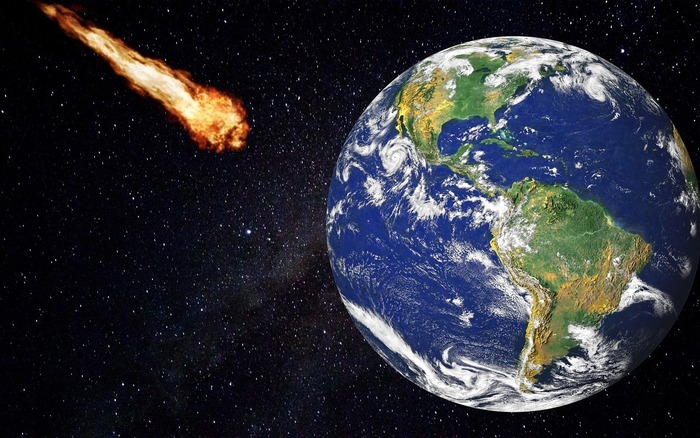Almost two weeks after 2023 EY’s close flyby of 2023 EY on March 17, another space rock is poised to graze our planet on March 25, passing once again within the distance separating Earth from the Moon: this time it is asteroid 2023 DZ2, discovered as recently as last month. It will reach a distance of at least 168,000 km from the Earth’s surface, which is less than half of the journey between our planet and the satellite, but in any case it is completely safe.
The closest approach to Earth will be exactly at 8.52 pm Italian time on March 25, but the new “visitor” will continue to appear even in the following hours: enthusiasts will, in fact, be able to observe it live thanks to the virtual telescope event, which will be broadcast online starting from 00.30 at night between March 25th and 26th.
Asteroid 2023 DZ2 has a diameter of between 40 and 100 meters, thus at least three times larger than the one that exploded in 2013 over Chelyabinsk, Russia, and is traveling at about 28,000 kilometers per hour. The first observation of this object took place in February 2023, thanks to the La Palma Observatory in the Canary Islands. At first, it looked like the asteroid would have a 1 in 430 chance of hitting Earth on its next pass in 2026, orbiting the sun in one full orbit in just over three years. But subsequent calculations performed using more granular data eliminated this remote possibility, the European Space Agency (ESA) explained on Twitter.
2023 DZ2 can also be visible to those with a telescope with a diameter of at least 15 cm and it is located in the northern hemisphere: the asteroid will appear as a slowly moving star above the southeastern horizon, east of the constellations Orion and Canis. Major and Canis Minor.
Reproduction is reserved © ANSA Copyright


